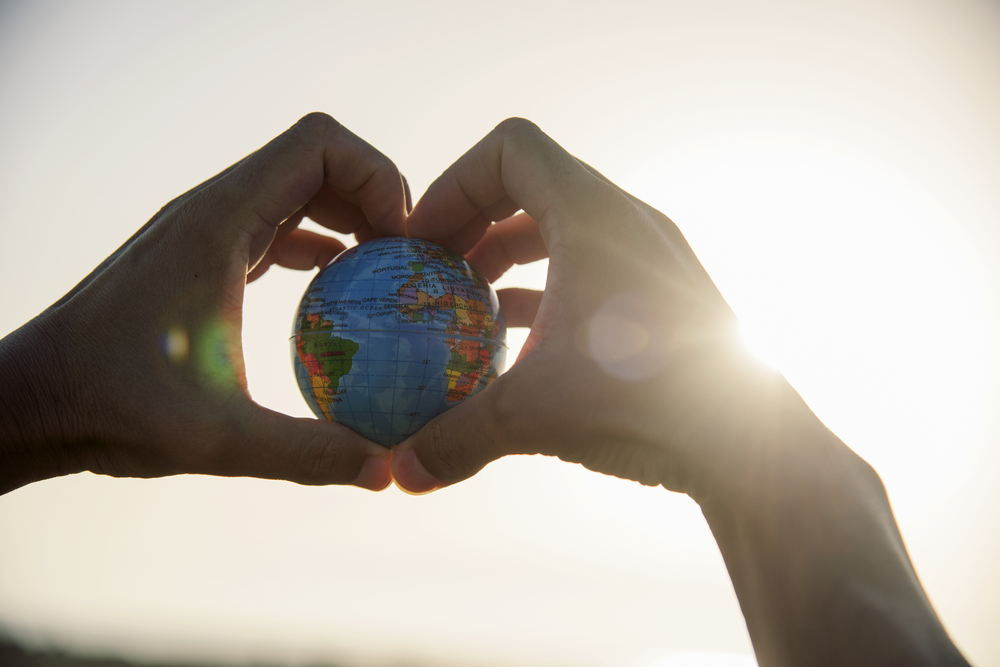Here’s a look at some of the hottest places on Earth, from record-setting Death Valley to the consistently scorching Danakil Depression in Ethiopia.
When you dream of jetting off to somewhere warm and sunny, you likely picture a beach destination with temperatures in the 80s or maybe 90s — not a desert known for its infamous heat. With temperatures regularly soaring past 100 degrees Fahrenheit, the hottest places on Earth range from busy cities to stunning desert landscapes.
Death Valley in California is commonly known as the hottest place in the world thanks to its record-setting temperatures, but some of the other locations on this list might surprise you. While some of these places are known for year-round scorching temperatures, others can be relatively pleasant throughout the cooler months before reaching extremes when the weather warms up. Here’s a look at the 11 hottest places on earth.
Death Valley, California
According to the World Meteorological Organization’s Global Weather & Climate Extremes Archive, temperatures in Death Valley reached international extremes when they hit 134 degrees Fahrenheit (56.7° Celsius) in 1913 — the hottest temperature recorded anywhere in the world. Although some scientists debate the reliability of historic temperature readings, Death Valley reportedly hit 130 degrees Fahrenheit (54.5° Celsius) in the summer of 2020, too, so there’s little doubt that this is in fact one of the hottest places on Earth.
Oodnadatta, Australia
Oodnadatta, Australia, located about halfway between Adelaide and Alice Springs in the central part of the country, is the site of the highest temperature ever recorded in the Southern Hemisphere, according to the World Meteorological Organization’s Global Weather & Climate Extremes Archive. It reached a scorching 123 degrees Fahrenheit (50.7° Celsius) in January 1960.
Kebili, Tunisia
One of the hottest places on earth, Kebili, Tunisia, holds the record for the highest temperature ever recorded in the Eastern Hemisphere, with 131 degrees Fahrenheit (55° Celsius) marked in July 1931.
Mitribah, Kuwait
Mitribah, Kuwait, recorded the highest temperature in the WMO’s Region II, which encompasses most of Asia, in July 2016, when it experienced temperatures of about 129 degrees Fahrenheit (53.9° Celsius).
Turbat, Pakistan
In May 2017, Turbat, Pakistan, experienced blistering heat reaching roughly 128.7 degrees Fahrenheit (53.7° Celsius), one of the hottest temperatures ever recorded in Asia.
Rivadavia, Argentina
Rivadavia, Argentina, claimed the highest temperature ever recorded in South America, with a stunning 120 degrees Fahrenheit (48.9° Celsius) in December 1905, according to the WMO.
Tirat Tsvi, Israel
With the highest documented temperature of 129 degrees Fahrenheit (54° Celsius) in June 1942, Tirat Tsvi in Israel holds the record among places in WMO’s Region VI (Europe, including the Middle East and Greenland).
Athens, Greece
Athens, Greece, set the record for continental Europe in July 1977, when it saw its highest temperature, 118.4 degrees Fahrenheit (48° Celsius). If only the Acropolis had air-conditioning!
Lut Desert, Iran
NASA satellite imaging revealed more of the hottest places on earth, recording land skin temperatures (this time, measuring the heating of the land’s surface rather than the air temperature metric used by the WMO) in hard-to-reach, remote areas. A 2012 NASA report said Dasht-e Lut in Iran reached 159.3 degrees Fahrenheit (70.7° Celsius) in 2005.
Flaming Mountains, China
With a name like “Flaming Mountains,” it’s no surprise that this area is pretty toasty. According to that same NASA report, this location actually passed the 150 degrees Fahrenheit (65.5° Celsius, land skin temperature) mark in 2008.
Dallol, Ethiopia
While the above locations have set records for super-high temperatures, Ethiopia’s Danakil Depression is consistently known for its year-round heat. The Dallol hydrothermal field, located within the Danakil Depression, also creates an absolutely otherworldly landscape.



